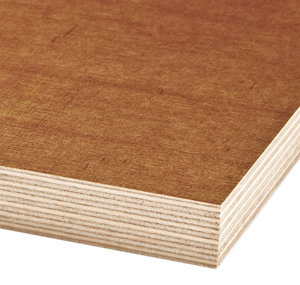
I am a ceramic artist that thinks he is a woodworker. I have a moderate skill level but really enjoy the process. I have a large drafting table that is starting to delaminate due to moisture from the clay process. I was going to buy a new one but came up with the idea to do a butcher block top. I can use the same frame and legs. Can you or any of your readers give me some help? I would like the top to be about an inch thick and also be resistant to moisture without being slick. What would be the best material and finish for this project? Any suggestions would be appreciated. – Steve Cousins
Rob Johnstone: Any close-grained wood like maple or even poplar would work well. Use a glue like Titebond® II, as it is basically waterproof in this sort of situation. Sand the top to about 120-grit. I would put an oil finish of some sort on the wood, Watco® or a similar product. The finish is not so much to look good as to make your life easier when it comes to cleanup. I hope this helps!
Tim Inman: I’m in agreement with Rob Johnstone’s answer. I would add that for a finish, which is important, you might consider something along the lines of a dilute polyurethane/oil combination. The Sam Maloof finish would be a good one. Rockler sells a ready-made product like this. Or, you can do a little Internet research and find the recipe to make your own. The idea is to get a thin watery finish to soak into the wood fibers, which will carry the varnish and oil resins. This will make cleanup easier, as Rob suggests, but it will also help reduce wood movement due to moisture changes. Remember, wood can not be stopped from changing dimensionally. It can only be slowed. You must allow for wood movement in your construction.
Chris Marshall: Butcher block will still require some routine maintenance to help it stand up to regular moisture contact from wet clay. If I were making the same project as you, I would probably choose something other than wood for the top of that drafting table. Phenolic plywood comes to mind — it is extremely moisture resistant, almost to the point of being completely waterproof. Double-up two 1/2-in.-thick sheets to get the thickness you want. I used some many years ago for a reptile enclosure that gets wet all the time, and the edge plies still look as good as new. The phenolic surfaces haven’t swelled in the least. Or, I might look for a piece of solid surface countertop — again, waterproof, maintenance-free and tough. A countertop fabricator could probably sell you an offcut piece pretty economically. Of course, I have nothing against wood, but now and again, I think there are even better alternatives, especially where water is concerned. Here’s a link to phenolic plywood, if you’re interested in learning more about it.






